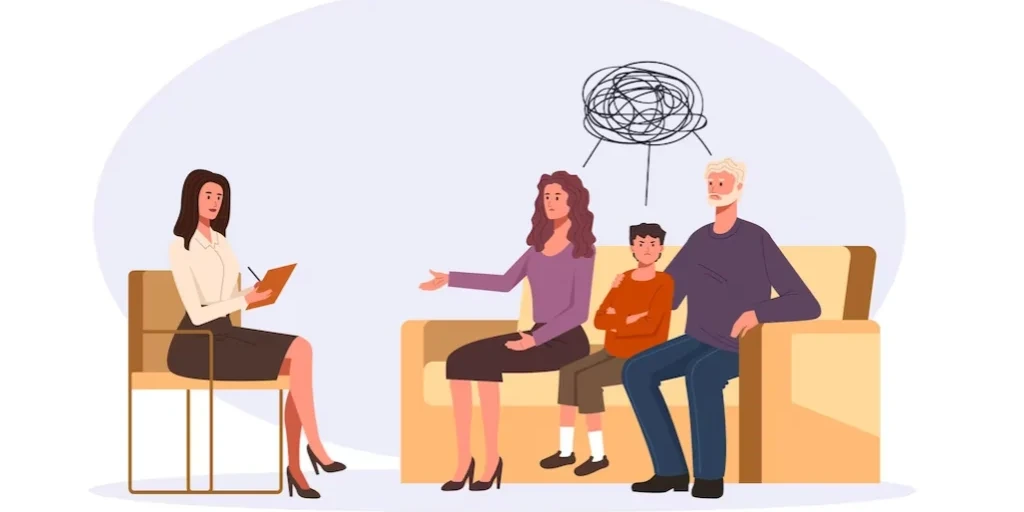24/7 Helpline:
(866) 899-221924/7 Helpline:
(866) 899-2219
Learn more about Ecstasy Detox centers in Spring
Ecstasy Detox in Other Cities

Other Insurance Options

ComPsych

PHCS Network

Group Health Incorporated

Kaiser Permanente

American Behavioral

Providence

Lucent

Highmark

Aetna

CareFirst

Amerigroup

Molina Healthcare

United Health Care

WellPoint

Health Choice

MHNNet Behavioral Health

CareSource

Access to Recovery (ATR) Voucher
Beacon

BlueCross

PaRC – The Woodlands Intensive Outpatient Program
PaRC The Woodlands Intensive Outpatient Program is a 12 step-focused drug and alcohol rehab for adol...

The Woodlands Recovery and Wellness
The Woodlands Recovery and Wellness is a treatment facility located in Spring, TX. The Woodlands Rec...

Greater Houston Counseling Services
Greater Houston Counseling Services is a private rehab located in Spring, Texas. Greater Houston Cou...

The Woodlands Behavioral Health and Wellness
The Woodlands Behavioral Health and Wellness is a private rehab located in Spring, Texas. The Woodla...

Symetria Recovery – Spring
Symetria Recovery – Spring is a private rehab located in Spring, Texas. Symetria Recovery – Spring s...

New Dimensions Day Treatment Center – Woodlands Counseling Services
New Dimensions Day Treatment Center – Woodlands Counseling Services is a private rehab located in Sp...





























West Group of Alcoholics Anonymous
West Group of Alcoholics Anonymous is a non-profit rehab located in Spring, Texas. West Group of Alc...

Woodlands District Office
Woodlands District Office is a private rehab located in Spring, Texas. Woodlands District Office spe...

The Right Step – The Woodlands
The Right Step – The Woodlands is a private rehab located in Spring, Texas. The Right Step – The Woo...

Alano Club
Alano Club is a non-profit rehab located in Spring, Texas. Alano Club specializes in the treatment o...

Lakeview Health at The Woodlands
Lakeview Health at The Woodlands is a private rehab located in Spring, Texas. Lakeview Health at The...

Beyond Your Best Counseling
Beyond Your Best Counseling offers an Intensive Outpatient Program and provides client-led Support M...

Grow Your Life Counseling
Grow Your Life Counseling is a private rehab located in Spring, Texas. Grow Your Life Counseling spe...

The Woodlands Rehab Center
The Woodlands Rehab Center is a private rehab located in Spring, Texas. The Woodlands Rehab Center s...






